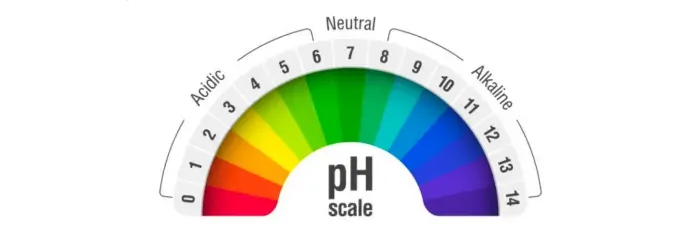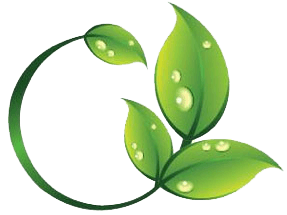pH and EC Levels
The relative importance in Hydroponics

What is pH?
pH gives an indication of the potential hydrogen within a substance which defines how acidic it is. Being measured on a scale from 0-14, a level of zero is the most acidic and 7 is neutral. Pure water has a pH of 7 and levels above this are alkaline.
Knowing the pH of a nutrient solution can help to suggest whether or not more nutrients need to be added.
Suggested levels of pH
Different plants thrive at different pH levels and for most plants the optimal level is between 5.5 and 6.5. To keep the system at the best levels it is important to monitor this so that the necessary adjustments can be made. A pH meter is great for this or simply pH paper. The pH meter is best for giving accurate readings and provided the power is charged up it wont run out like the paper will!
To keep the pH at the correct level, an acidic substance such is phosphoric acid or vinegar will bring it down if the levels are too high. Certain nutrients that contain elements such as potassium or calcium can increase the pH which means it is essential to regularly measure the pH. As the plant uptakes the nutrients the pH will differ.
Definition of EC
EC is an abbreviation for electrical conductivity. The concentration of salts that are dissolved in a nutrient solution will effectively define this and it is measured in mS/cm which is millisiemens per centimetre. If the concentration of nutrients within the solution is controlled then the EC will be at the ideal levels.
The stage of growth that a plant is at will define the ideal EC level which typically falls between 0.8 and 2.5 mS/cm. If the EC level is too low then your plants will not receive enough nutrients to grow and develop well. On the contrary, if the EC levels are too high then the level of nutrients received by the plants will become toxic.
Regularly testing the nutrient solution with an EC meter will help to keep the ideal nutrient concentration for good healthy growth.
Dealing with high EC levels
The EC level is the overall electrical conductivity of the soultion and does not specifically indicate the level of each nutrient within the solution. If the EC level is too low then adding more nutrients will increase it. When the level is too low it will not immediately damage the plants but it will slow down their development.
If the level is too high then adding more water to the solution will reduce it.
Because the EC gives the overall electrical conductivity of the solution it will not indicate an overload or deficiency of a specific nutrient so if similar problems continually occur then it can be worth emptying the nutrient solution and starting afresh.
Conclusion
A flourishing system certainly depends on the pH and EC of the nutrient solution.
The pH level should be between 5.5 and 6.5 for most plants
The EC level should be between 0.8 and 2.5 mS/cm for most plants.
Keep a regular check on these and adjust the nutrient levels as and when required.
Some examples of the ideal levels are given below....
| Plant | Ideal pH | Ideal EC |
|---|---|---|
| Brocolli | 6.0 – 6.8 | 1.4 – 3.5 |
| Courgette | 5.5 – 6.5 | 1.8 – 2.4 |
| Cucumber | 5.5 – 6.0 | 1.6 – 2.5 |
| Eggplant | 5.5 – 6.5 | 1.8 – 3.5 |
| Garlic | 6.0 – 6.5 | 1.4 – 1.8 |

